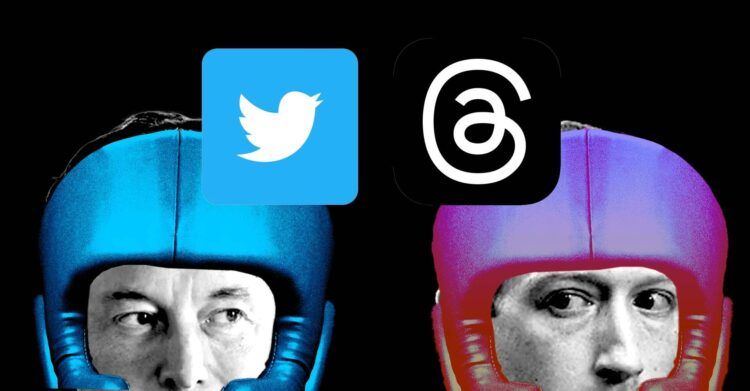In the midst of controversial changes on the latter and the release of the prior debate of Threads vs Twitter has been discussed all over social media in recent days.
In a sudden move, Instagram Threads has made its debut, aiming to capture the attention of users who may be considering an exodus from the 16-year-old micro-blogging platform. Developed by Meta, Threads seeks to leverage Instagram’s immense popularity and create a new destination for sharing short-form content. Within hours of its launch, Threads amassed a substantial following, including verified brand accounts and numerous notable figures.
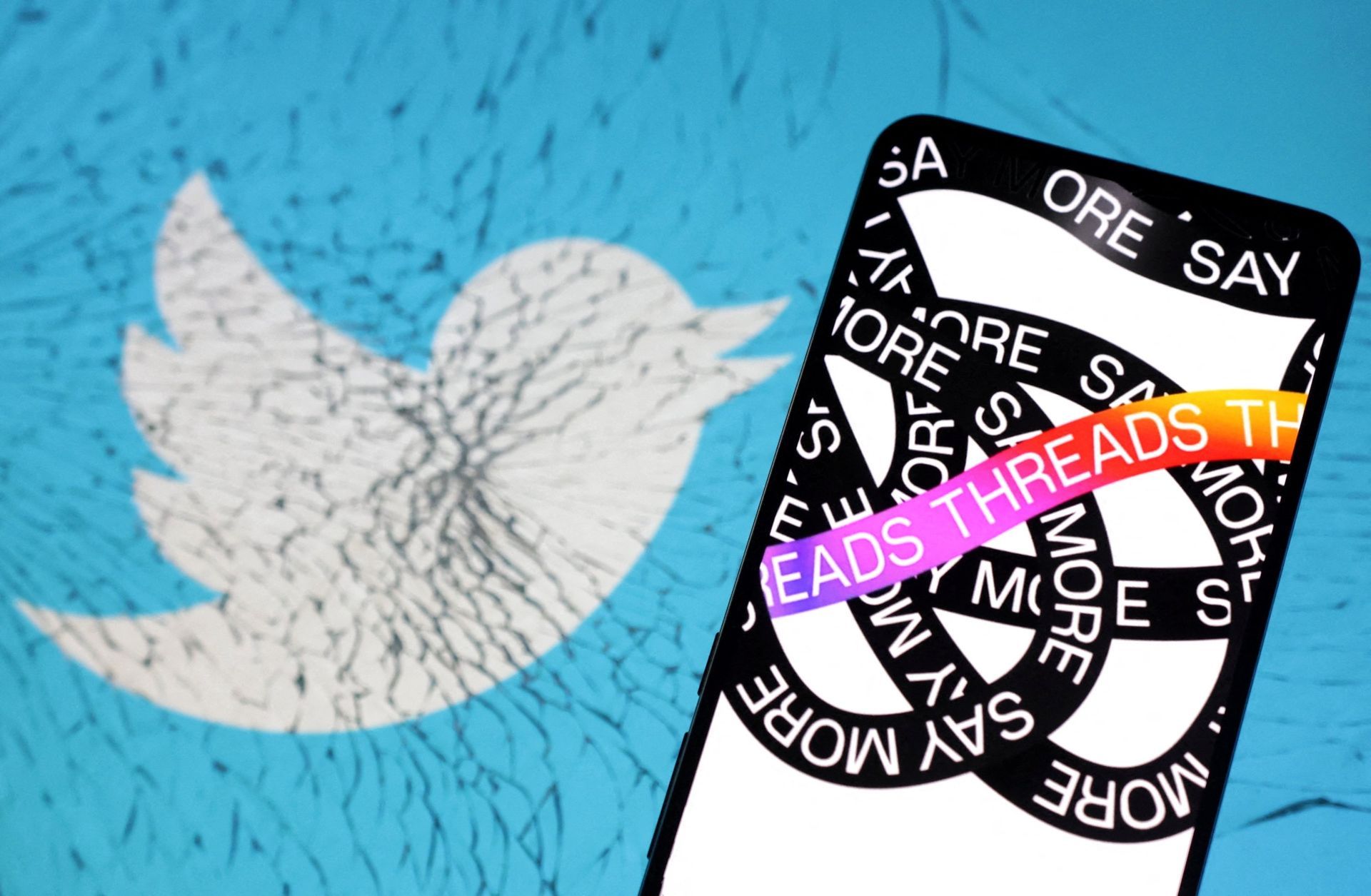
As Twitter has taken a stronger stance against NSFW content recently, one of the key differences between the two platforms depends on whether or not Threads allows NSFW content.
Which platform will be the winner of the Threads vs Twitter comparison?
While it’s evident that Threads is still a work in progress, there are several ways in which it adapts Twitter’s features for Instagram users. One might even argue that Threads excels in certain aspects compared to Twitter. However, it’s important to note that Threads does not intend to replace Twitter entirely, as there are significant differences that influence how each platform is utilized.
Let’s examine how the Threads vs Twitter battle unfolds across various dimensions.
Account management
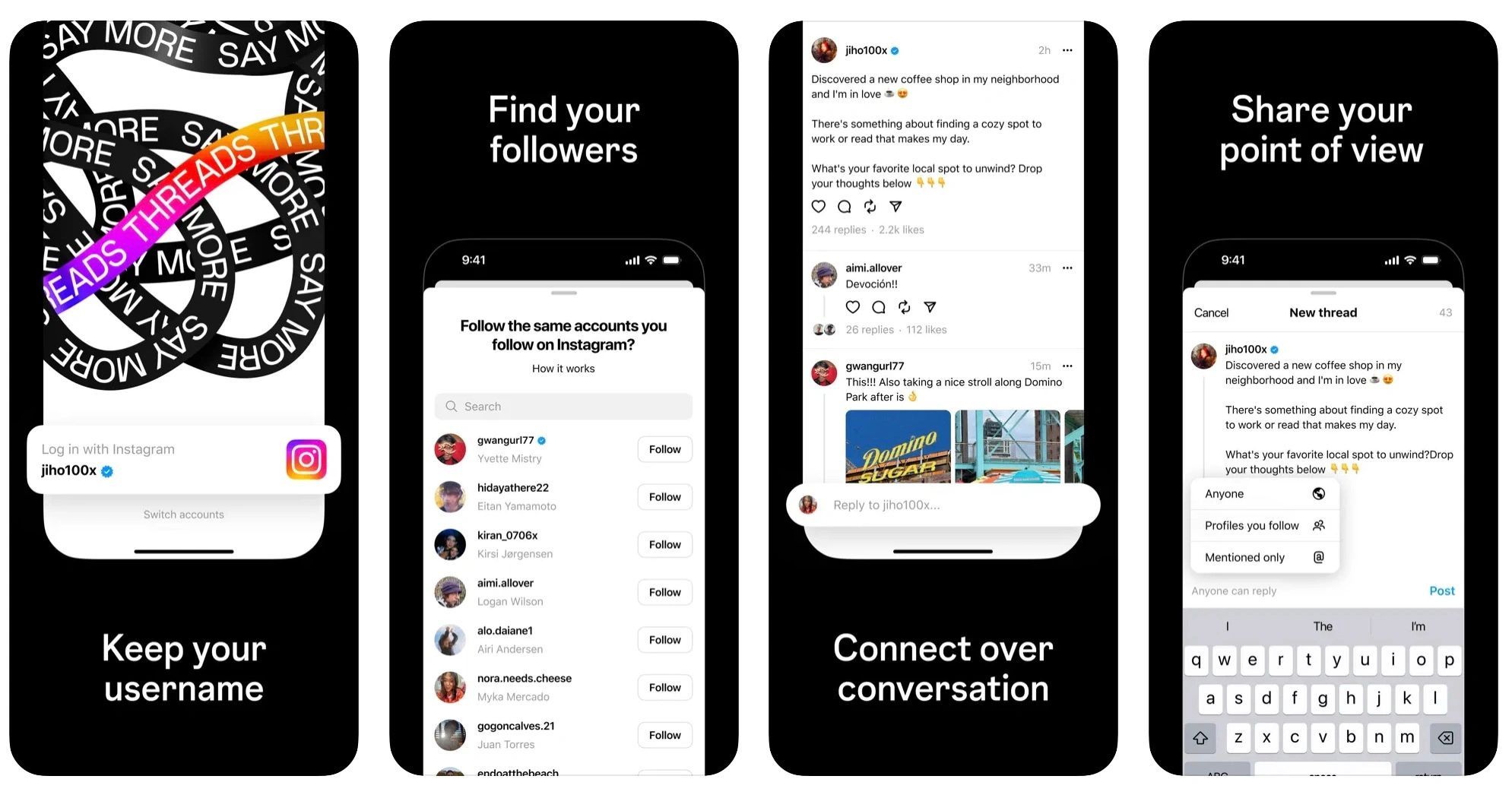
To access Threads, you sign in using your Instagram credentials and have the option to import your Instagram profile details and follow the same users. On the other hand, Twitter operates independently, allowing you to sign up with the credentials of your choice. Unlike Twitter, deleting your Threads account necessitates deleting your entire Instagram account, highlighting a distinct contrast in account management practices.
Availability
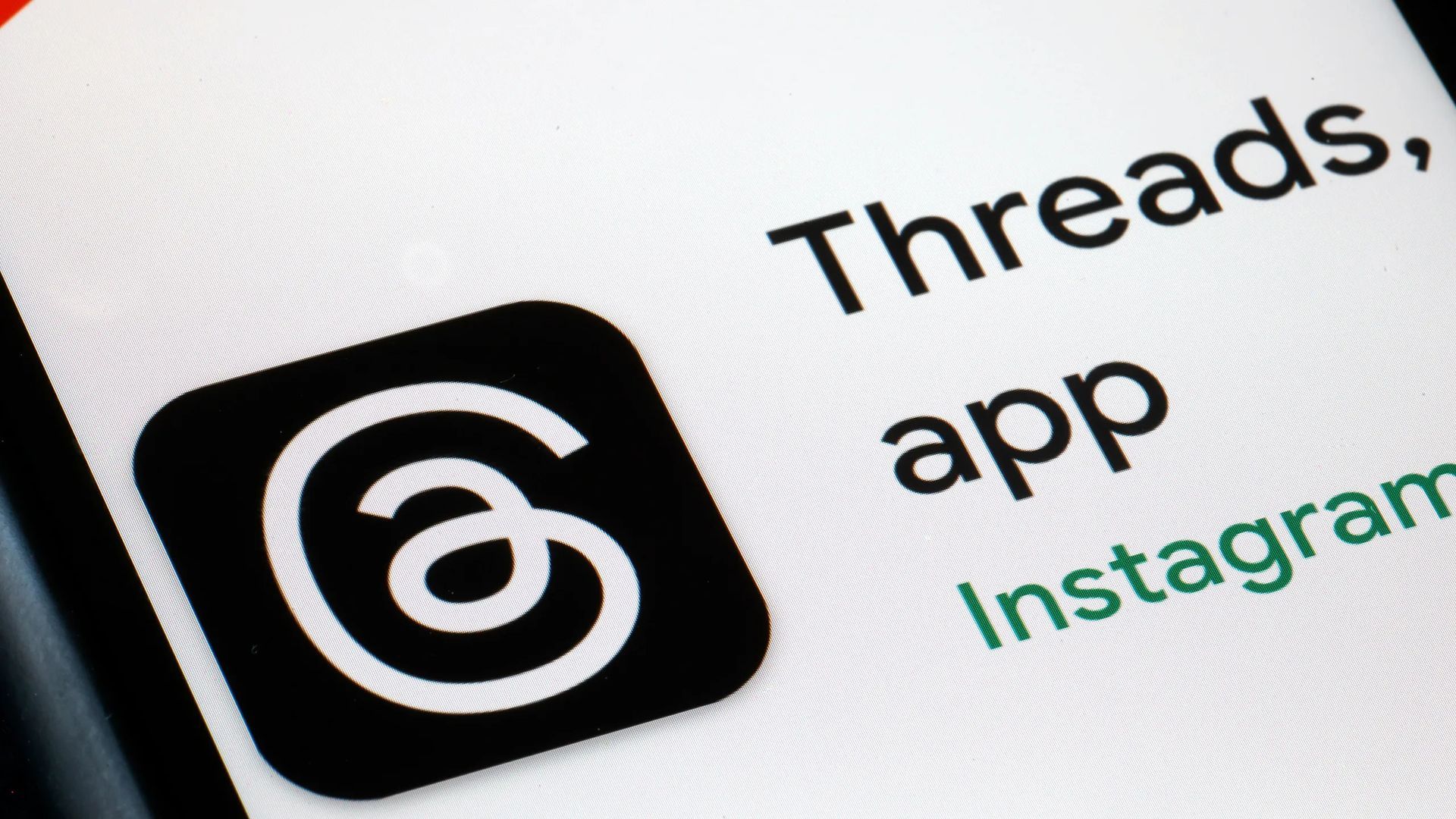
Twitter originated as a website and subsequently expanded to include app-based versions for iOS and Android devices, providing users with flexibility in accessing their accounts and feeds. Threads, however, is currently available exclusively as a mobile app for iOS and Android. Considering Instagram’s website is not widely utilized, it seems unlikely that Threads will prioritize a web-based version.
Price
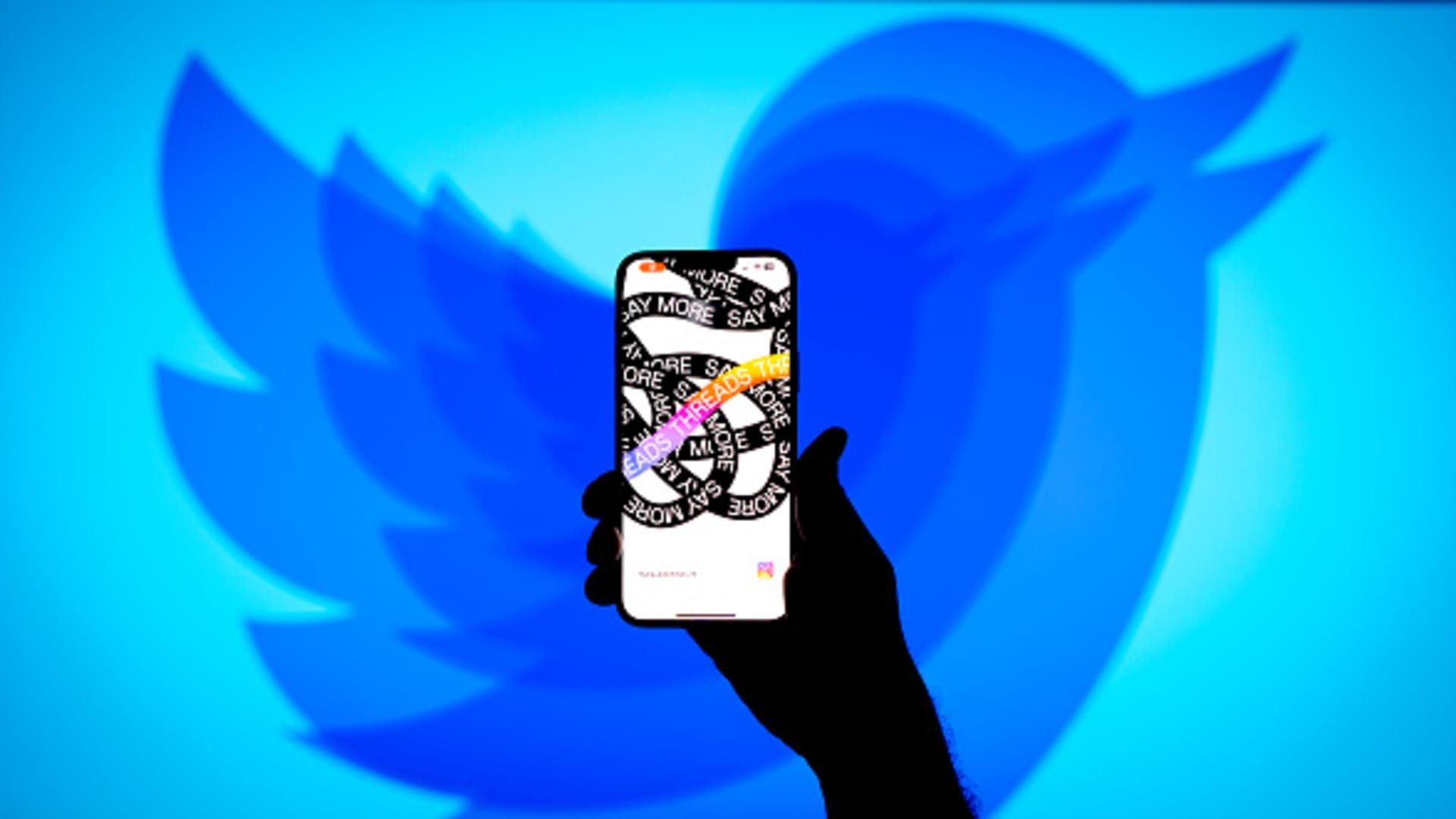
Threads is currently free to download and use, without any features hidden behind a paywall. Although Instagram has become advertisement-heavy, Threads currently remains ad-free. On the other hand, Twitter incorporates advertisements, while offering additional features exclusive to paying subscribers through its “Twitter Blue” subscription tier, priced at $8 per month or $84 per year.
Verification
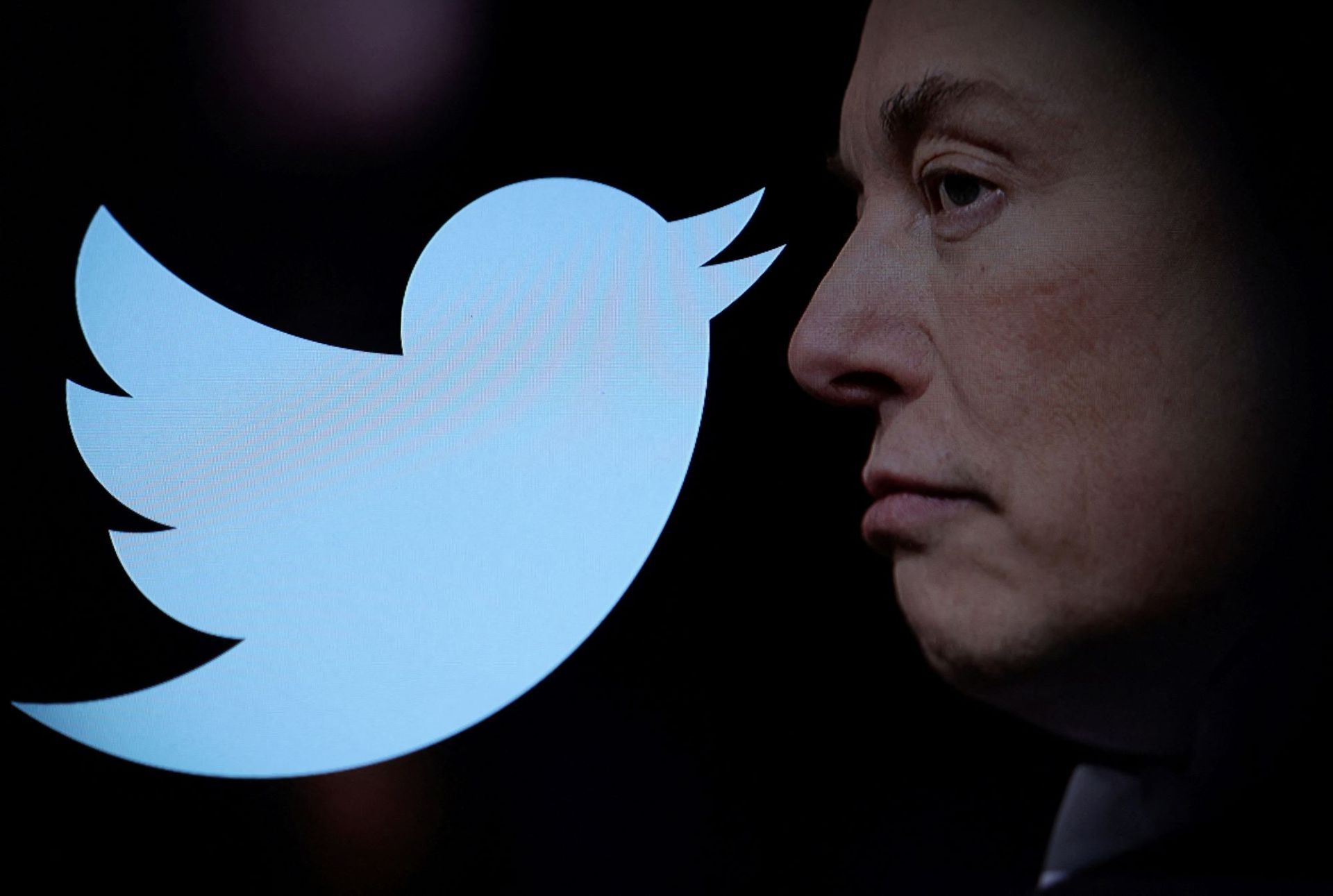
In Threads, verified accounts are denoted by blue checkmarks, which carry over from Instagram. If you are verified on Instagram, you automatically receive verification on Threads. Twitter’s verification system is more complex. Previously, it followed guidelines similar to Instagram, based on public standing. Presently, Twitter Blue subscribers can purchase a verification badge, with certain exceptions for government accounts and established organizations/news outlets.
Text posts
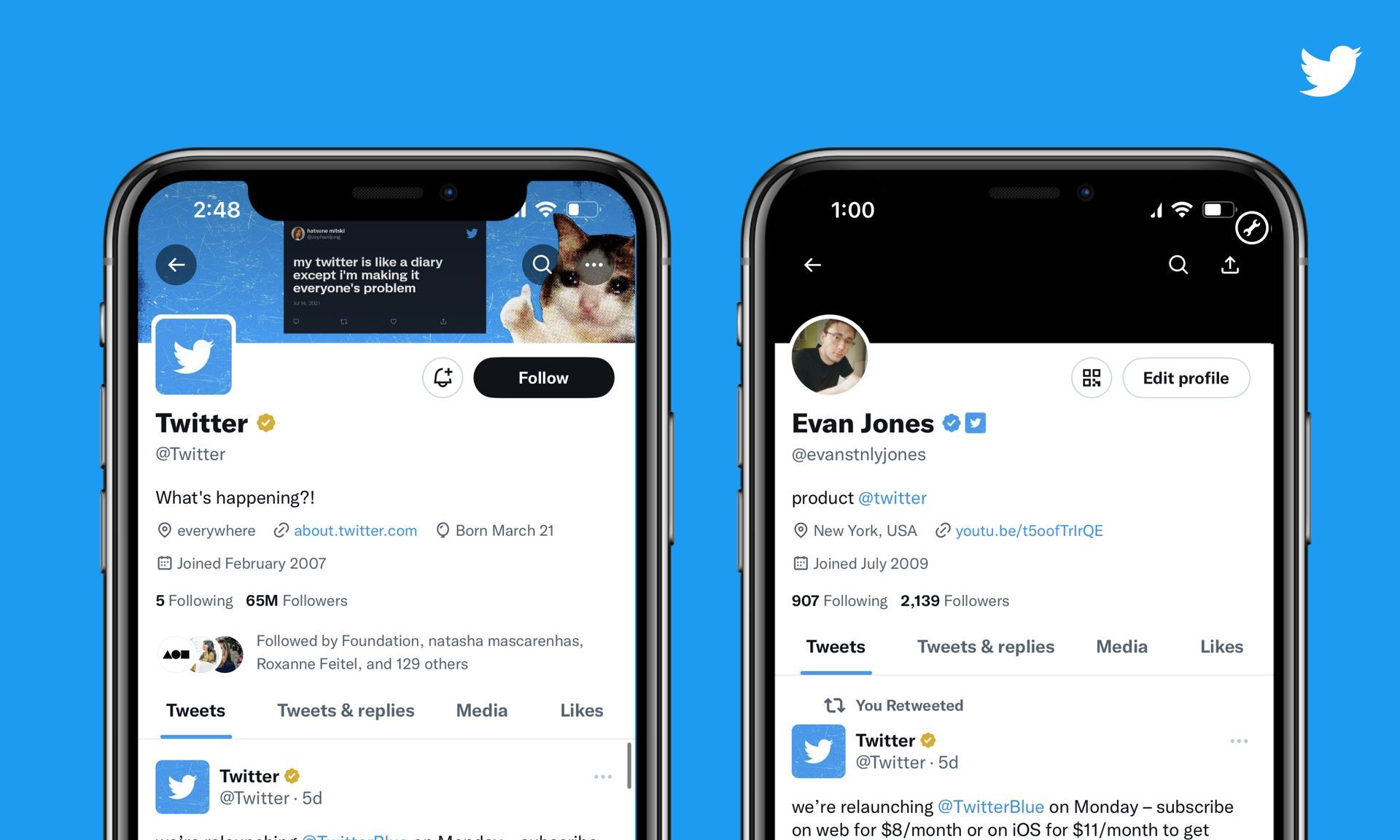
Both Twitter and Threads serve as platforms for sharing short messages, allowing users to engage with one another. However, Threads offers a higher character limit of 500, whereas Twitter limits posts to 280 characters. While the extended character count in Threads may be advantageous for those desiring more space to express themselves, skilled Twitter users have become adept at conveying their thoughts concisely within the limit.
Multimedia posts
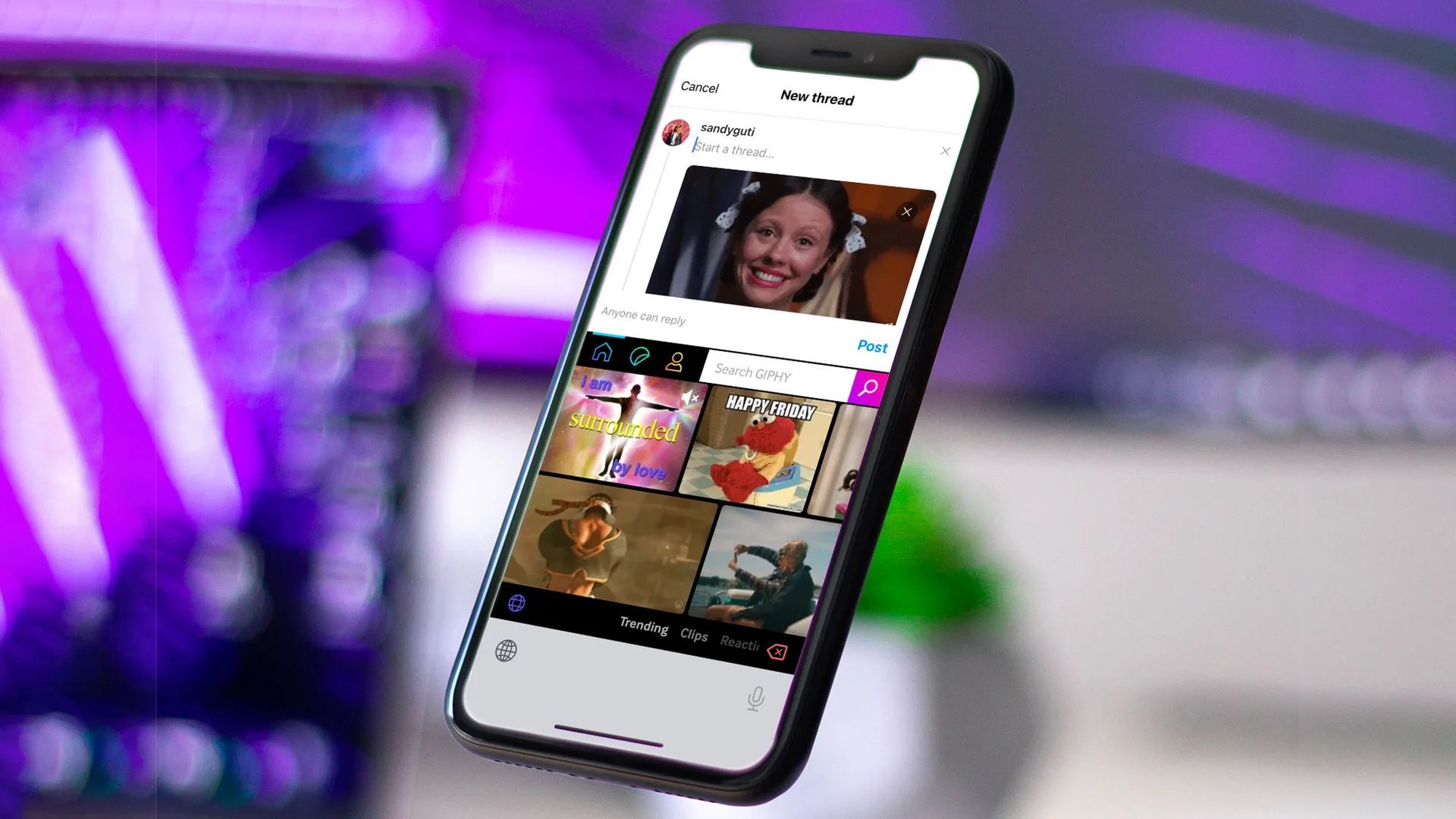
Threads and Twitter differ in their handling of multimedia content. Both platforms support the posting of website links, videos, and images. However, posting GIFs on Threads requires saving them to your device’s camera roll beforehand. Threads allows the sharing of up to 10 items in a single post, akin to carousel posts on Instagram. Twitter, in contrast, limits tweets to four items. Threads also introduces an intuitive swipe-to-view feature for groups of photos and videos, which was previously absent from the Twitter experience.
Engagement
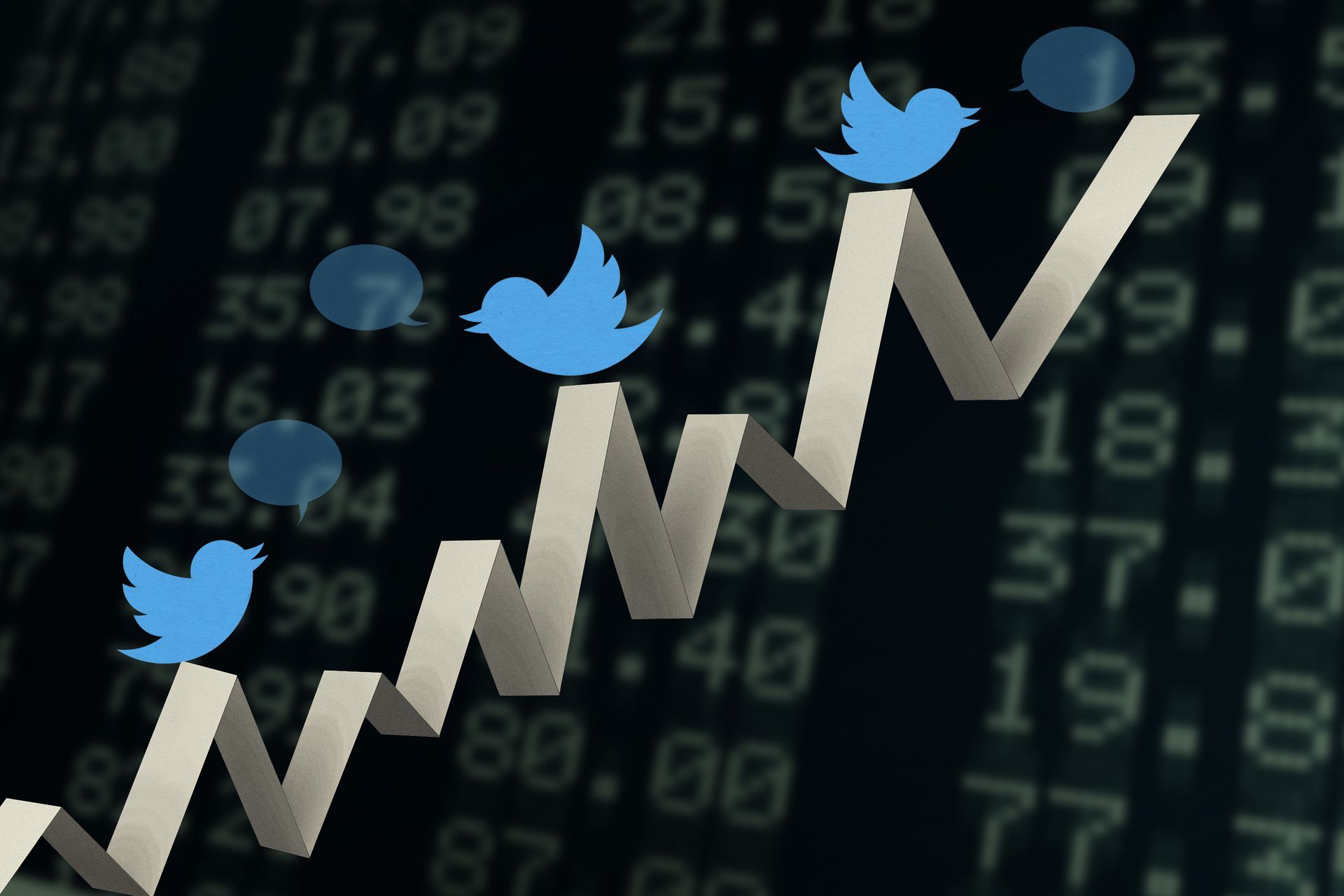
Both Threads and Twitter offer comparable engagement features, including like buttons, comment tools, reposting and quoting functions, and sharing options. When expanded, tweets and Threads display comments, enabling users to reply to the original message or respond to specific comments. The Threads app’s Activity tab provides information on followers, likes, replies, and tags. Twitter offers similar functionality, along with a dedicated Likes tab for viewing past liked posts.
Content
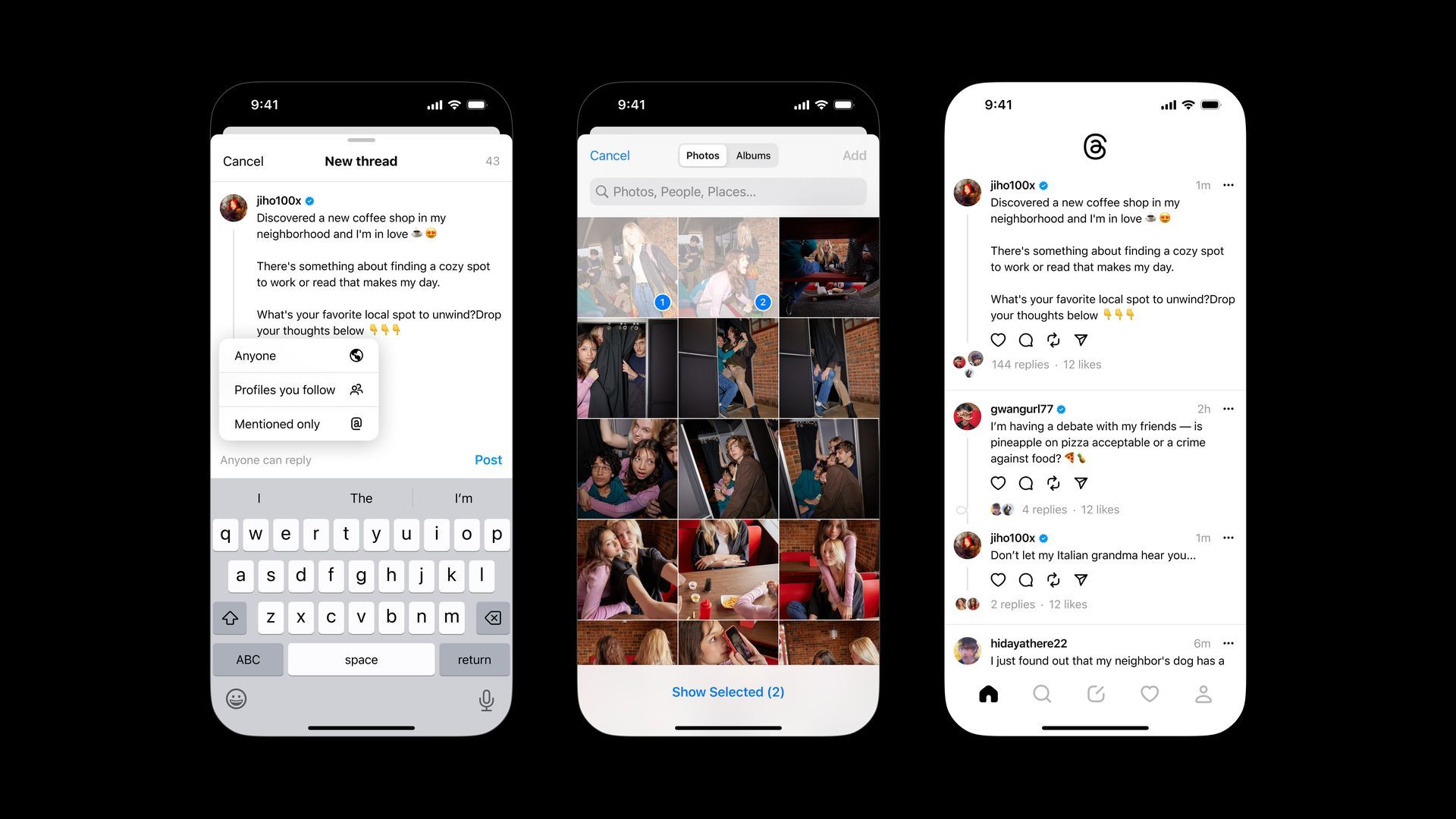
Content discovery on Threads and Twitter diverges significantly. Twitter allows users to curate their post feed extensively, offering options to view a “For you” feed that combines suggested posts with those from followed accounts, or a “Following” feed that exclusively displays posts from followed accounts.
In Threads, a single feed amalgamates content from followed accounts and trending posts, resembling a merged version of Instagram’s main feed and Discover page. Thread’s content control is limited to blocking accounts and muting words, whereas Twitter offers these controls as well as the ability to search for words or phrases to access publicly-available recent and relevant posts.
Messaging
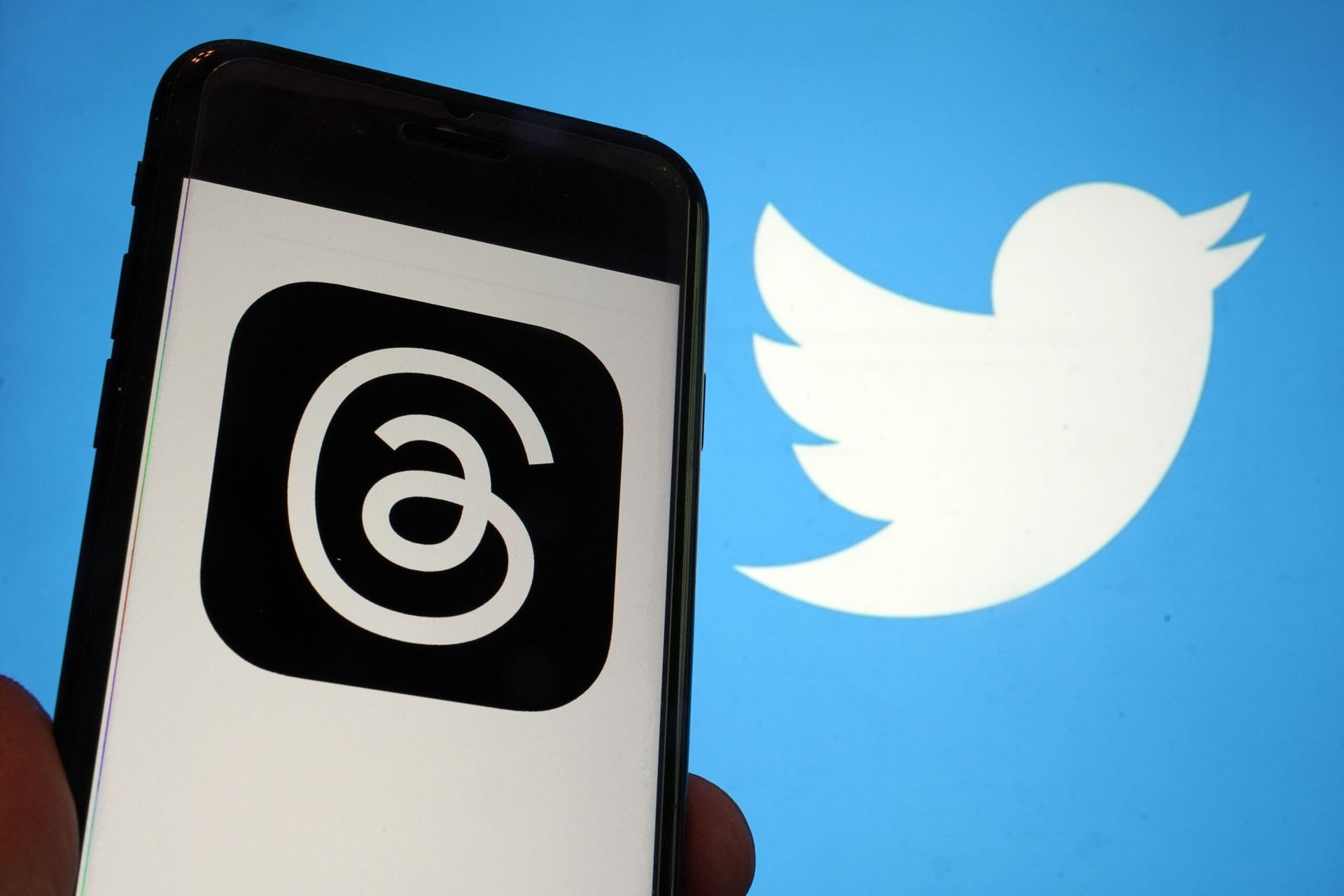
One of the most apparent differences lies in the messaging features. Twitter includes an in-app messaging platform that allows users to communicate with mutuals or any other user based on privacy settings. Users can exchange texts, images, GIFs, and even voice messages. Furthermore, messages facilitate the sharing of tweets with other users. While Threads lacks an in-app messaging option, users can share Threads via text or tag others in the comment section. Alternatively, contacting a Threads user may require reaching out through Instagram Direct Messages.
Both contestants of Threads vs Twitter battle present distinct features and functionalities, tailored to the preferences and requirements of their respective user bases. Threads capitalizes on Instagram’s popularity, offering a mobile-focused experience that integrates well with the existing Instagram ecosystem. Twitter, with its versatile web and app-based accessibility, continues to evolve its features, including a subscription-based model with exclusive perks. As both platforms undergo further developments, users will have more choices for expressing themselves and engaging with others in the realm of short-form content.
Featured Image: Credit

